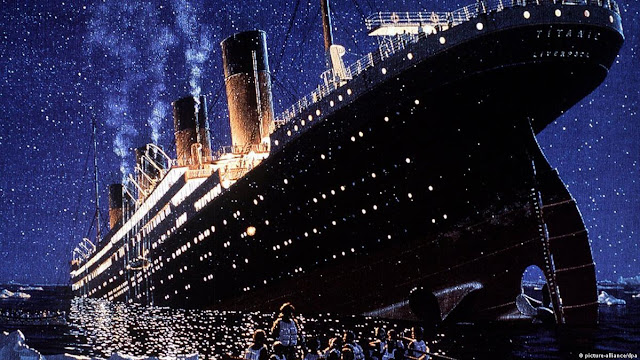Introduction:
The RMS Titanic, a magnificent ocean liner considered "unsinkable" by many, embarked on its maiden voyage on April 10, 1912. This fateful journey would forever etch the Titanic into history, as it tragically met its demise just four days later. In this article, we will delve into the captivating history of the Titanic, exploring its construction, luxurious features, ill-fated voyage, and the lasting impact it has had on maritime safety.
1. Construction and Design:
The Titanic was built by the Harland and Wolff shipyard in Belfast, Northern Ireland. Construction began in March 1909, and the ship was completed in May 1911. At the time, it was the largest and most luxurious ship ever built, spanning 882.5 feet (269 meters) in length and weighing approximately 46,328 tons. The Titanic featured state-of-the-art amenities, including opulent interiors, grand dining halls, lavish suites, a swimming pool, a gymnasium, and even a squash court.
2. Maiden Voyage:
On April 10, 1912, the Titanic set sail from Southampton, England, bound for New York City. It made brief stops in Cherbourg, France, and Queenstown (now Cobh), Ireland, to pick up additional passengers. Onboard were over 2,200 passengers and crew members, comprising a mix of first-class elites, second-class passengers, and third-class immigrants seeking a new life in America.
3. Collision with the Iceberg:
On the night of April 14, 1912, tragedy struck when the Titanic struck an iceberg in the North Atlantic Ocean. The ship's crew had received multiple iceberg warnings throughout the day but continued to sail at a high speed. The collision caused extensive damage to the ship's hull, compromising its structural integrity and sealing its fate.
4. Sinking and Loss of Life:
As the Titanic began taking on water, the crew initiated evacuation procedures. However, due to a lack of lifeboats and inadequate emergency training, the evacuation process was chaotic and disorganized. In the early hours of April 15, 1912, the Titanic sank beneath the frigid waters, leaving over 1,500 people to perish in one of the deadliest maritime disasters in history.
5. Aftermath and Legacy:
The sinking of the Titanic sent shockwaves around the world and sparked significant changes in maritime safety regulations. The disaster prompted the establishment of the International Ice Patrol to monitor icebergs and improve communication at sea. Safety measures were enhanced, including the requirement for sufficient lifeboats to accommodate all passengers and the formation of the International Convention for the Safety of Life at Sea (SOLAS).
6. Exploration and Rediscovery:
For decades, the location of the Titanic's wreckage remained a mystery. In 1985, a joint American-French expedition led by Dr. Robert Ballard discovered the shipwreck lying at a depth of approximately 12,500 feet (3,800 meters) on the Atlantic seabed. Subsequent expeditions and technological advancements have provided further insight into the ship's condition and preserved artifacts.
Conclusion:
The story of the Titanic continues to captivate the world, reminding us of the human cost of hubris and the importance of prioritizing safety at sea. The tragedy spurred significant advancements in maritime safety regulations, ensuring that future vessels would not repeat the mistakes of the past. The Titanic's legacy endures as a cautionary tale and a poignant reminder of the fragile nature of human endeavor in the face of the immense power of the sea.





0 Comments
do not use bad words or links. It will be deleted auto by bot